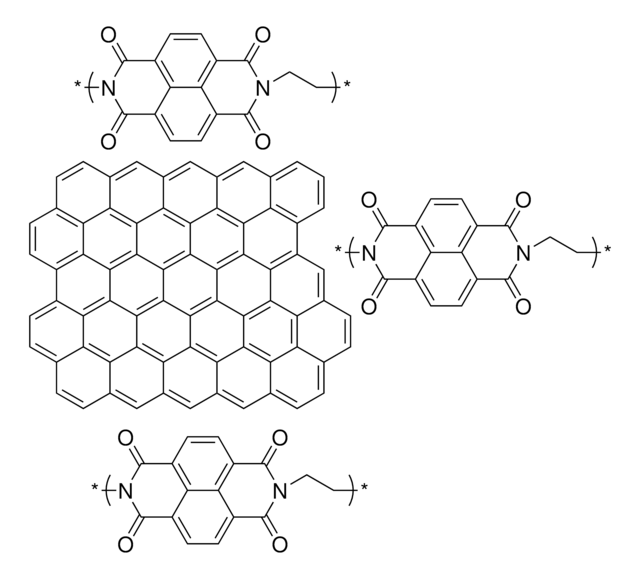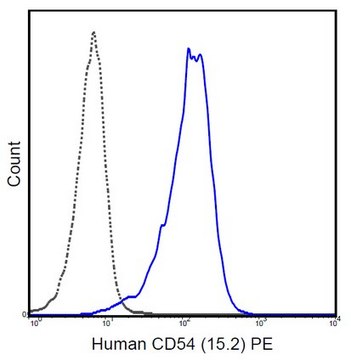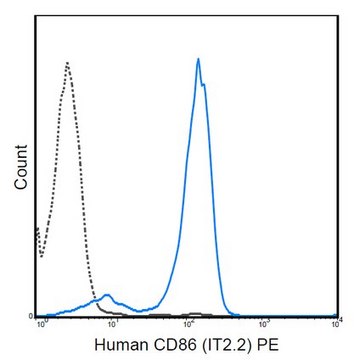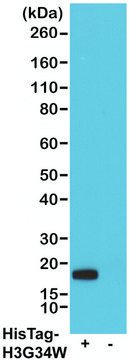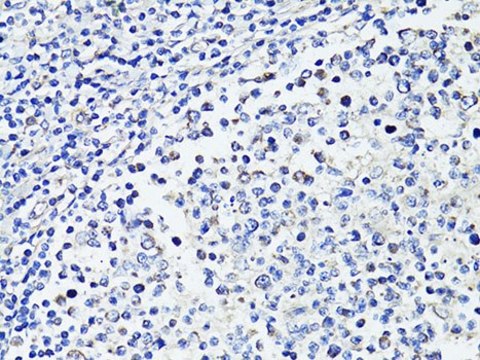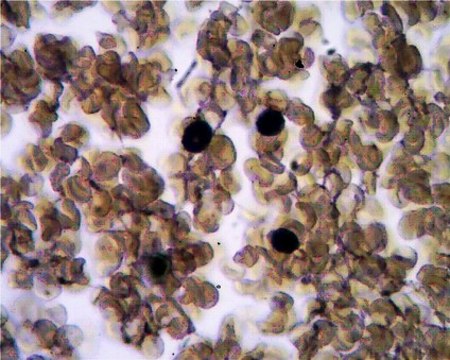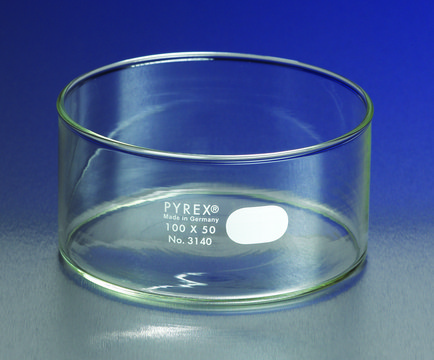推荐产品
应用
Coating a plate well (6 well plate) with this recombinant CD86 protein in T cell specific medium at 1-10 μg/well allows for use as 1) a coating matrix protein for human T cell/ receptor interaction or as a highly purified recombinant antigen or 2) as a culture matrix protein for T cell differentiation regulation studies in vitro.
Use this procedure as a guideline to determine optimal coating conditions for the culture system of choice.
1. Thaw CD86 and dilute to desired concentration using serum-free medium or PBS. The final solution should be sufficiently dilute so the volume added covers the surface evenly (1-10 μg/well, 6 well plate).
2. Add appropriate amount of diluted material to culture surface.
3. Incubate at room temperature for approximately 1.5 hours.
4. Aspirate remaining material.
5. Rinse plates carefully with water and avoid scratching bottom surface of plates.
6. Plates are ready for use. They may also be stored at 2-8 °C damp or air dried if sterility is maintained.
Use this procedure as a guideline to determine optimal coating conditions for the culture system of choice.
1. Thaw CD86 and dilute to desired concentration using serum-free medium or PBS. The final solution should be sufficiently dilute so the volume added covers the surface evenly (1-10 μg/well, 6 well plate).
2. Add appropriate amount of diluted material to culture surface.
3. Incubate at room temperature for approximately 1.5 hours.
4. Aspirate remaining material.
5. Rinse plates carefully with water and avoid scratching bottom surface of plates.
6. Plates are ready for use. They may also be stored at 2-8 °C damp or air dried if sterility is maintained.
序列
MASMTGGQQMGRGHHHHHHGNLYFQGGEFELPLKIQAYFNETADLPCQFANSQNQSLSELVVFWQDQENLVLNEVYLGKEKFDSVHSKYMGRTSFDSDSWTLRLHNLQIKDKGLYQCIIHHKKPTGMIRIHQMNSELSVLANFSQPEIVPISNITENVYINLTCSSIHGYPEPKKMSVLLRTKNSTIEYDGIMQKSQDNVTELYDVSISLSVSFPDVTSNMTIFCILETDKTRLLSSPFSIELEDPQPPPDHIP
制备说明
The full-length extracellular domain of the human CD86 gene (24 - 247 aa, Isoform-2) was constructed with 31 N-terminal T7/HIS-tag and expressed in E. coli as inclusion bodies. The final product was refolded using our unique “temperature shift inclusion body refolding” technology and chromatographically purified as soluble protein.
储存分类代码
10 - Combustible liquids
WGK
WGK 2
闪点(°F)
Not applicable
闪点(°C)
Not applicable
法规信息
新产品
Valentine V Courouble et al.
bioRxiv : the preprint server for biology (2021-03-11)
Coronavirus (CoV) non-structural proteins (nsps) assemble to form the replication-transcription complex (RTC) responsible for viral RNA synthesis. nsp7 and nsp8 are important cofactors of the RTC, as they interact and regulate the activity of RNA-dependent RNA polymerase (RdRp) and other
Emmanuelle Benard et al.
Frontiers in immunology, 9, 2085-2085 (2018-10-04)
We created APC-mimetic synthetic substrates to study the impact of ligand clustering on T cell activation and spreading. The substrates exhibit antibodies directed against the TCR-complex in the form of a patterned array of sub micrometric dots surrounded by a
Valentine V Courouble et al.
Journal of the American Society for Mass Spectrometry, 32(7), 1618-1630 (2021-06-15)
Coronavirus (CoV) nonstructural proteins (nsps) assemble to form the replication-transcription complex (RTC) responsible for viral RNA synthesis. nsp7 and nsp8 are important cofactors of the RTC, as they interact and regulate the activity of RNA-dependent RNA polymerase and other nsps.
Pedro Morgado et al.
Infection and immunity, 79(11), 4401-4412 (2011-09-14)
Toxoplasma gondii is a globally distributed parasite pathogen that infects virtually all warm-blooded animals. A hallmark of immunity to acute infection is the production of gamma interferon (IFN-γ) and interleukin-12 (IL-12), followed by a protective T cell response that is
Omar S Qureshi et al.
Science (New York, N.Y.), 332(6029), 600-603 (2011-04-09)
Cytotoxic T lymphocyte antigen 4 (CTLA-4) is an essential negative regulator of T cell immune responses whose mechanism of action is the subject of debate. CTLA-4 shares two ligands (CD80 and CD86) with a stimulatory receptor, CD28. Here, we show
我们的科学家团队拥有各种研究领域经验,包括生命科学、材料科学、化学合成、色谱、分析及许多其他领域.
联系技术服务部门

